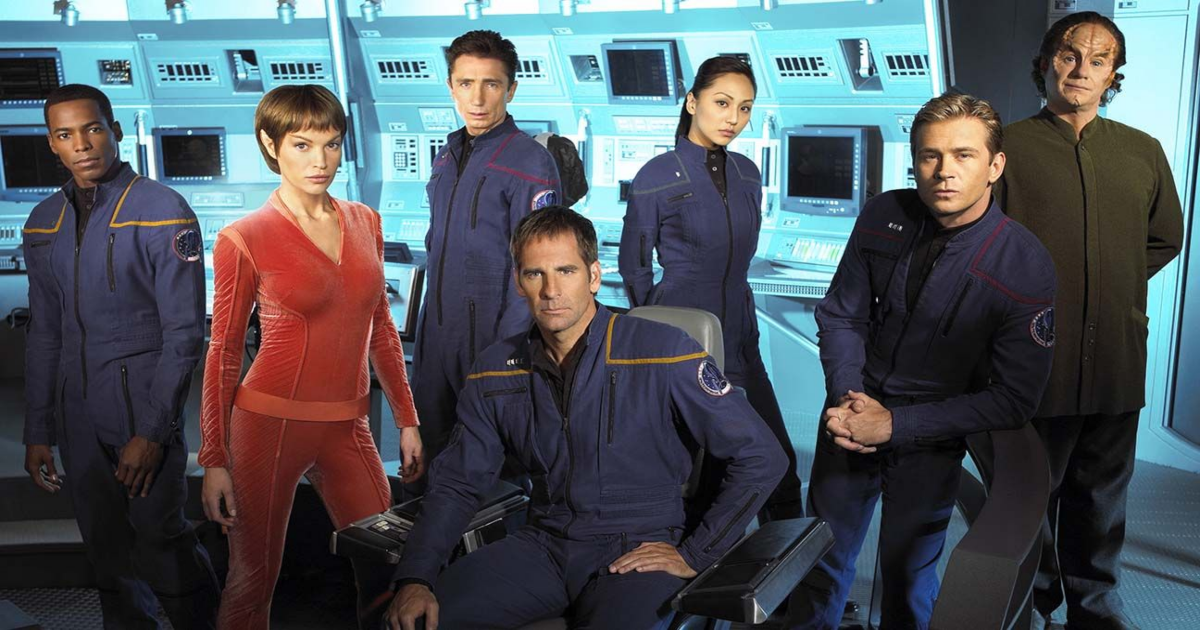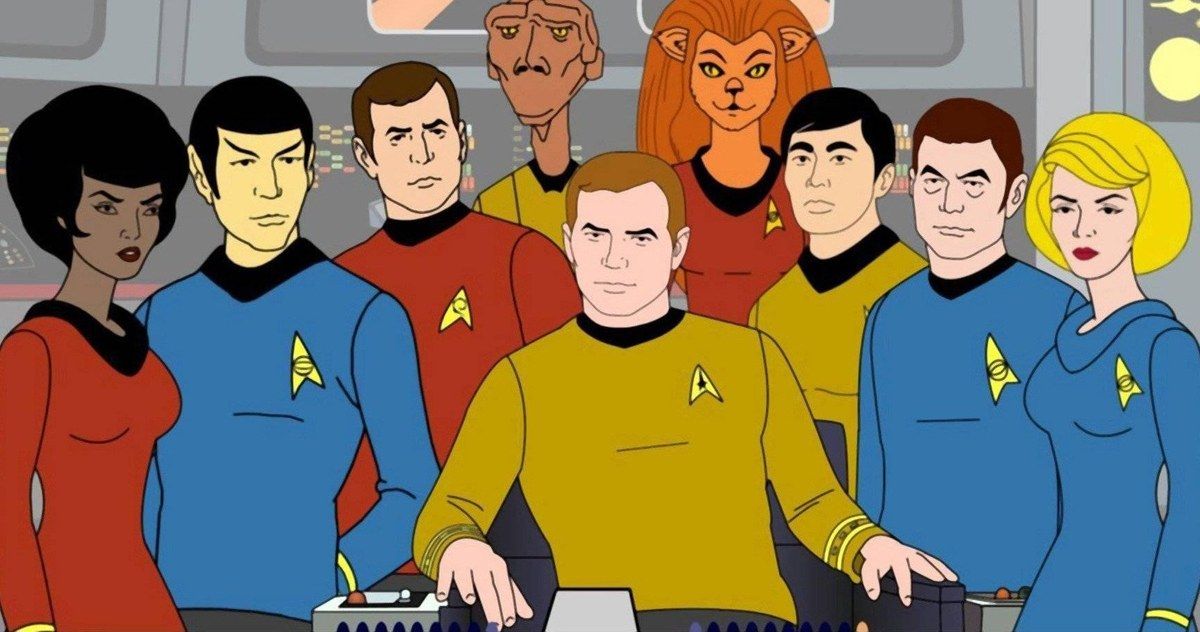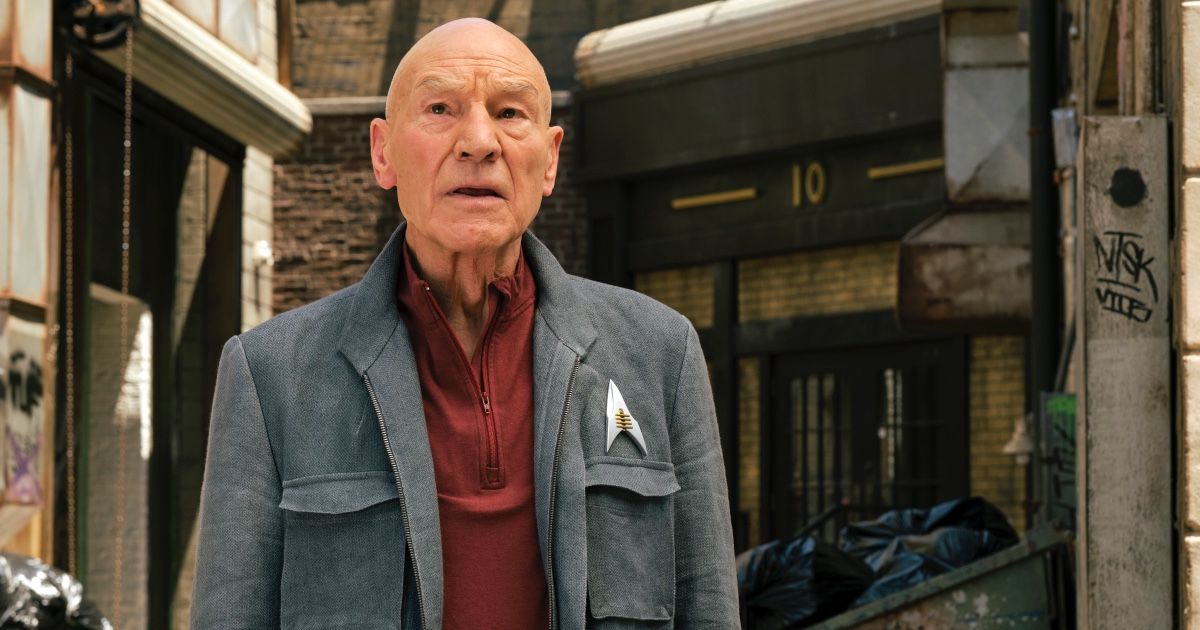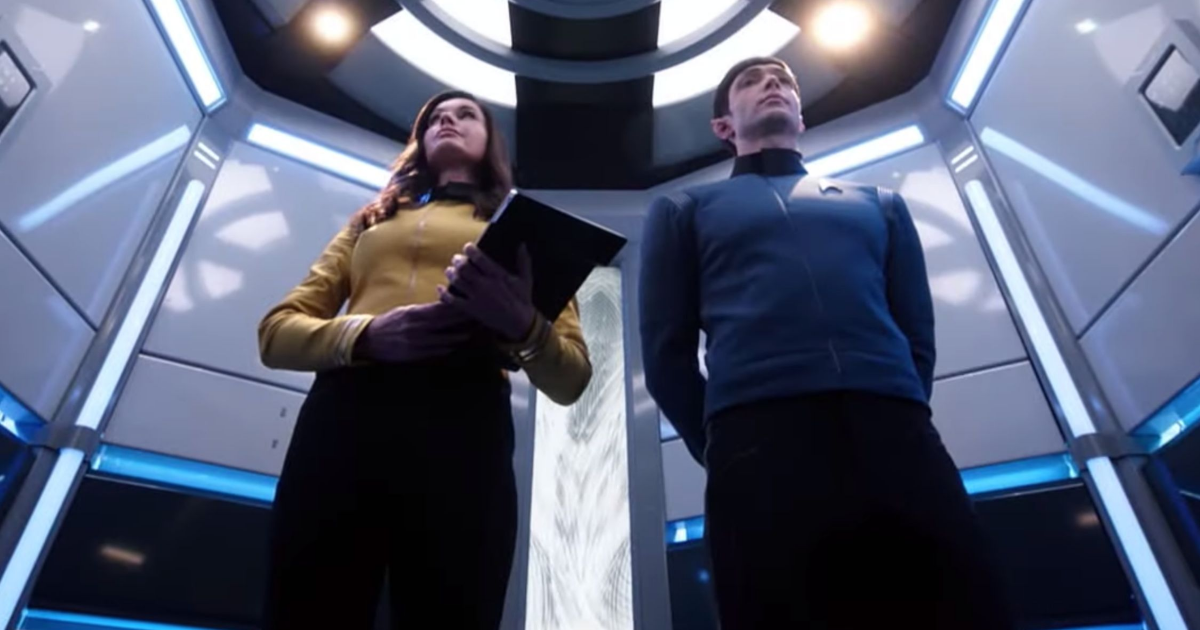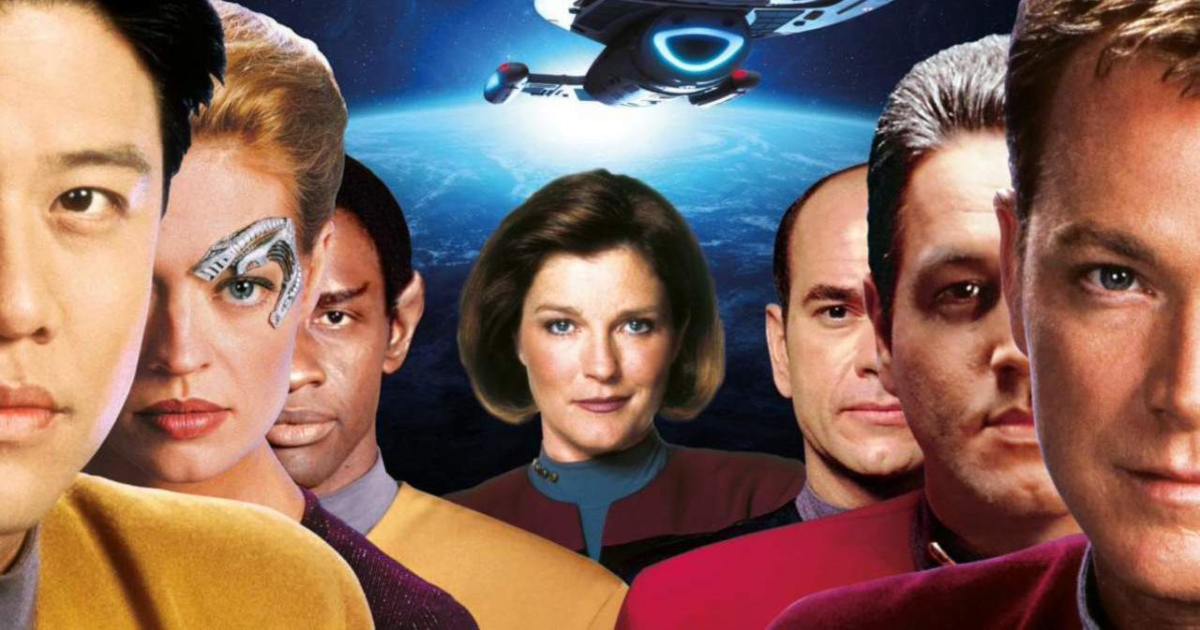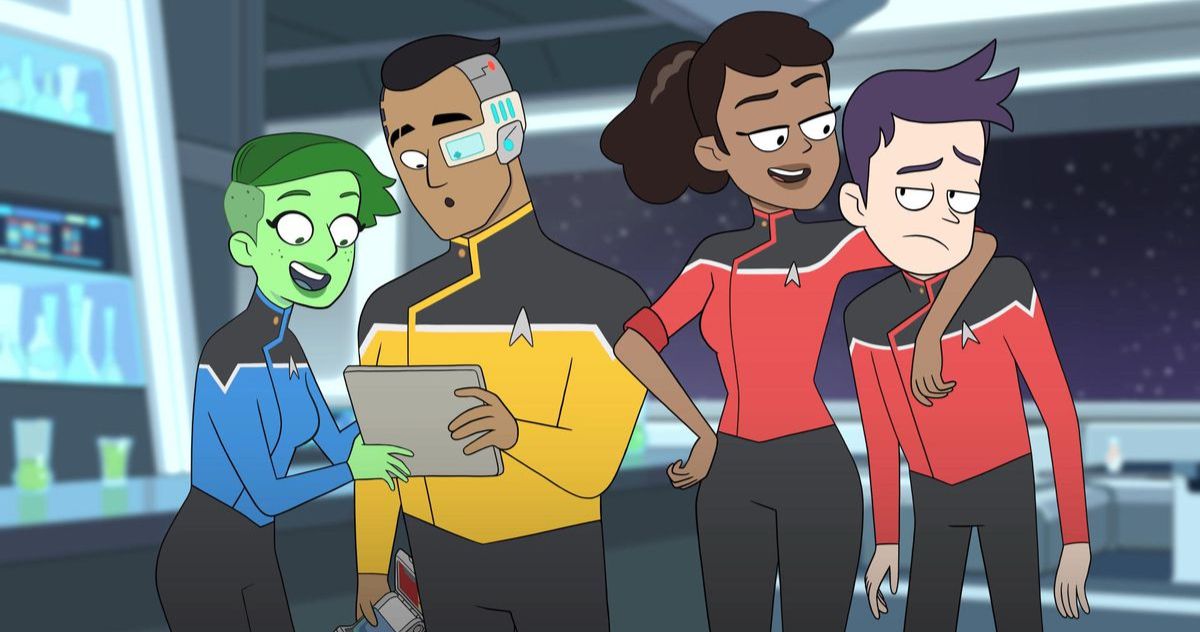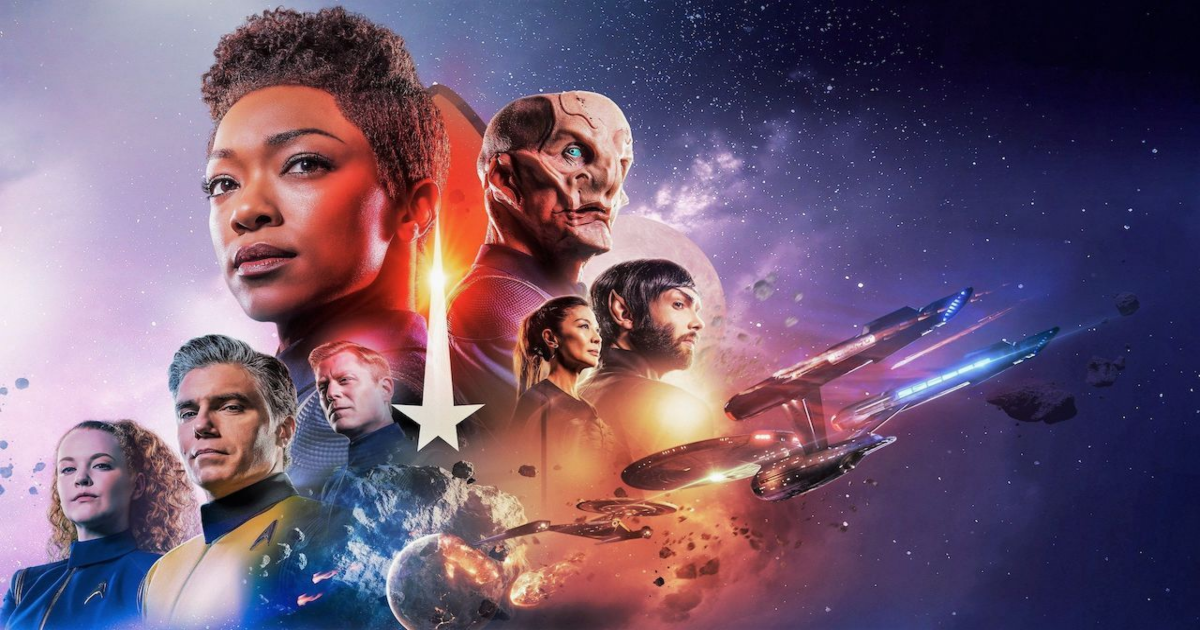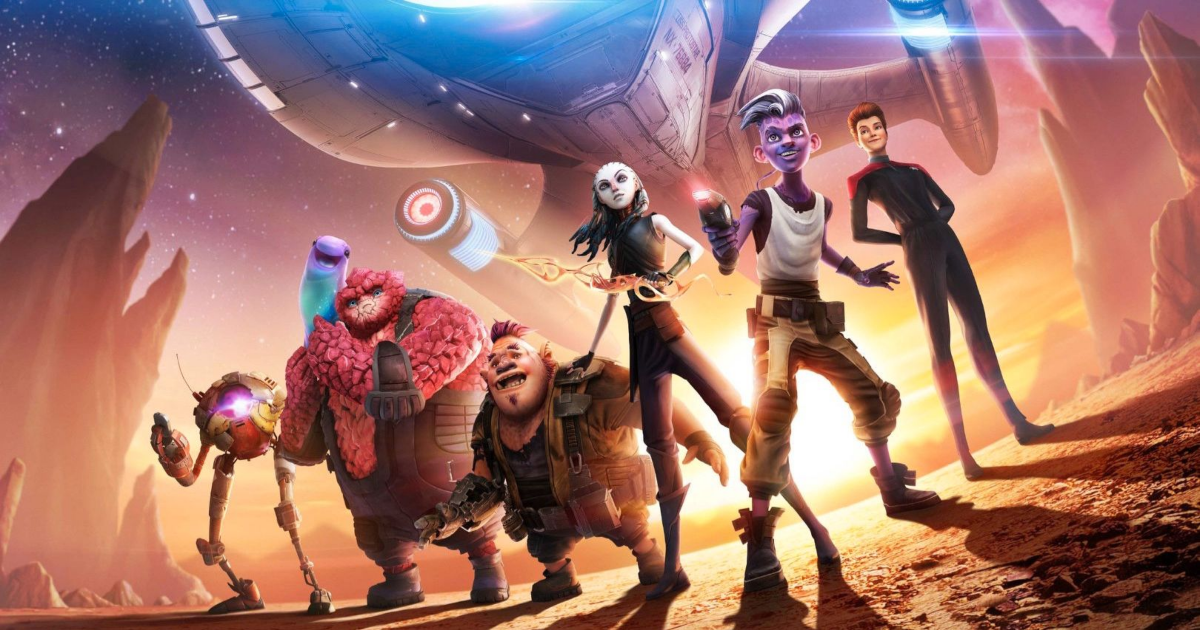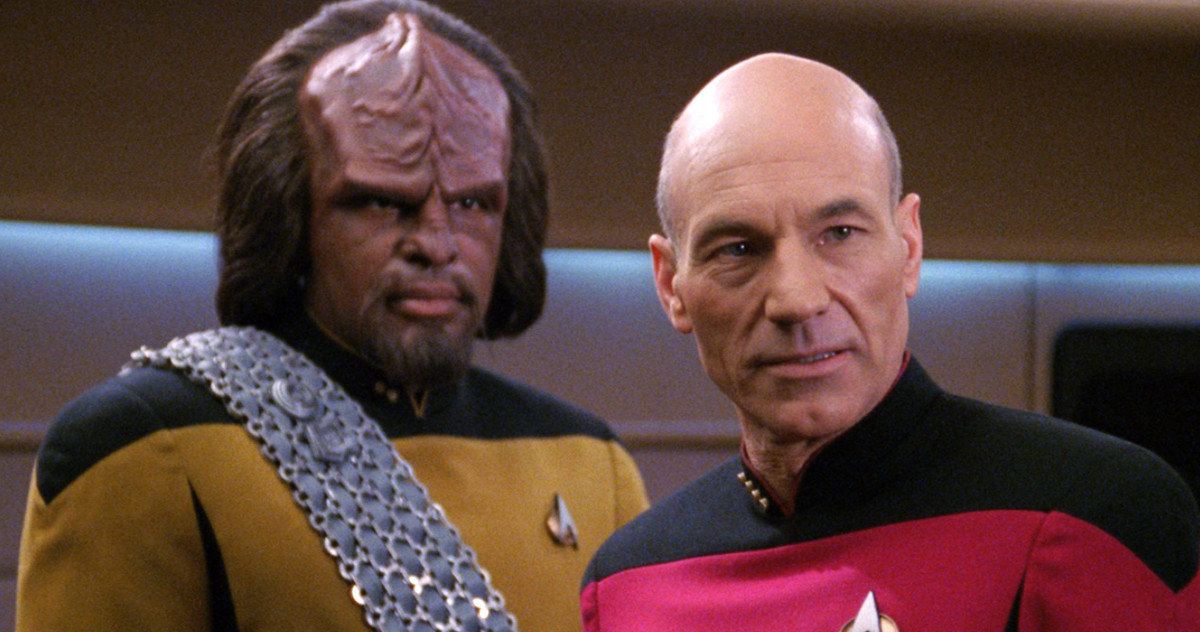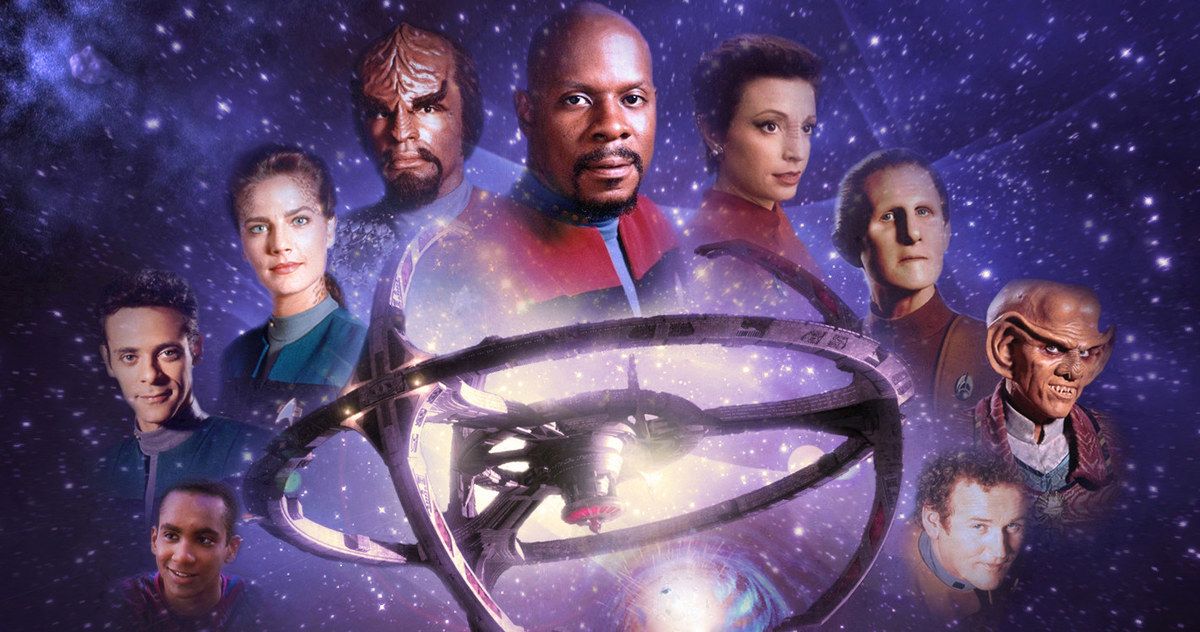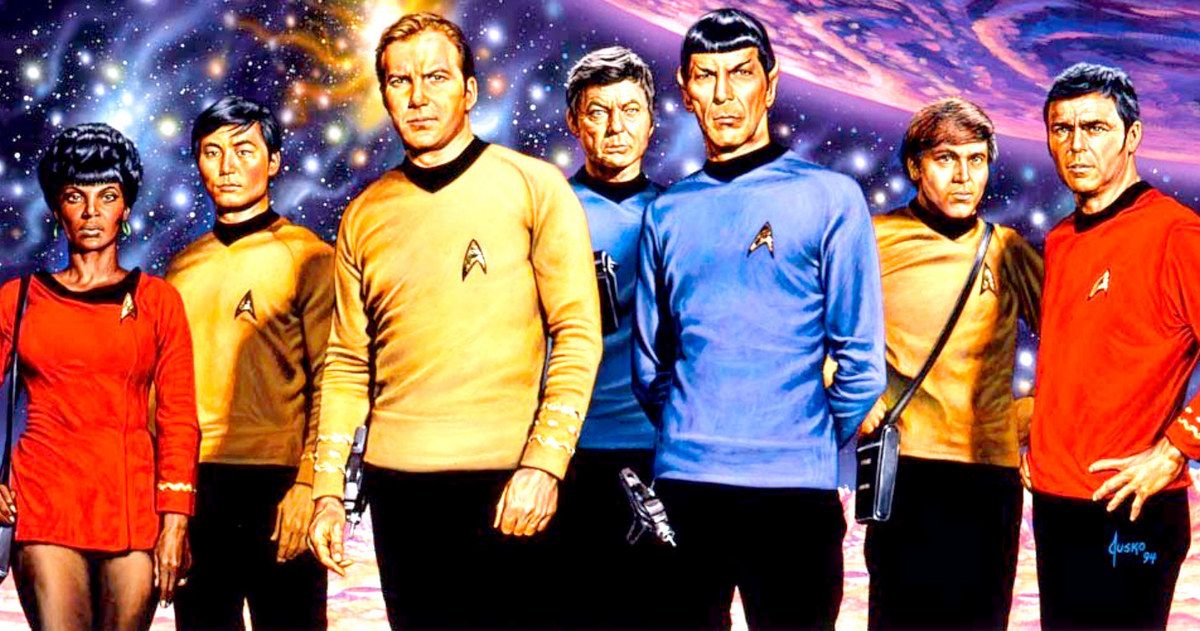Since premiering in 1966, Star Trek has captured the imagination of viewers all over the globe, utilizing its best characters to depict a diverse and exciting future. The original series launched a multimedia franchise that spawned toys, games, books, and a successful film franchise. Yet despite how far the franchise has gone, it is forever linked to television. It changed television and launched a massive continuity with series crossing over with one another years before a shared universe became the prime directive of every studio.
After over a decade off the air with a primary focus on films, the franchise returned to its television roots with Star Trek: Discovery in 2017 and since then has been a major focus for Paramount+ original shows, with the streaming service having the goal to have one Star Trek series on air at any given point in a year. With the release of a new series, Star Trek: Strange New Worlds set to premiere on Paramount+, take a look at all the Star Trek series and see how they rank against one another.
11 Star Trek: Enterprise
Designed as a prequel to the entire Star Trek franchise, Star Trek: Enterprise follows Earth's first starship capable of traveling at warp five, named the Enterprise, and focused on Earth's early attempts at contact and relationship with various alien species like the Vulcans, Klingons, and more.
The series' first two seasons originally tried to distance itself from the franchise, dropping Star Trek from the title and simply being called Enterprise, breaking from tradition with a pop song in the title sequence. In season three, the series shifts to a more serialized approach, with the series being heavily influenced by September 11th in a storyline that sees the Xindi attack Earth (Enterprise premiered just two weeks after the September 11 attacks).
Despite the charming Scott Bakula in the lead, the series ultimately never caught on in the way other Star Trek series did, and when it went off the air in 2005 its ending also marked a time in the franchise where no Star Trek property on television or film series running. However, the series' legacy still lives on due to its unique place in the universe, and is referenced in both the Kelvin timeline and prime timeline series since it aired.
10 Star Trek: The Animated Series
The first spin-off of the original Star Trek, Star Trek: The Animated Series continued the adventures of Kirk, Spock, and the Enterprise Crew (minus Chekov) in a cartoon series aimed at a younger audience. Due to being animated, the series could round out the cast with more alien characters to inhabit the Enterprise crew, and the bright colorful aesthetics of the Star Trek franchise lent themselves well to animation.
While the series only lasted two seasons, its popularity among older children and adults helped prove the brand still had value in it and led to the creation of a new series Star Trek: Phase II which would then be reformatted into Star Trek: The Motion Picture. A new animated series from Nickelodeon debuted nearly 50 years after the 1973 launch of this animated Star Trek.
9 Star Trek: Picard
The long-awaited return for Patrick Stewart as fan-favorite Jean-Luc Picard, Star Trek: Picard was something fans had been waiting 18 years for. The series also marked the first time audiences had seen the franchise move forward in the timeline, as everything after Star Trek: Nemesis was a prequel. The series even deals with the aftermath of the supernova that destroys Romulus, which sends Spock Prime into the past to kick-start the Kelvin timeline.
Picard sees a darker future than many might have expected, with the Federation becoming more paranoid and closed off from helping other civilizations. While a sharp contrast to the original vision of Star Trek's utopian future, it is a storyline very much born of the current moment, with nationalism has been on the rise across various countries. Star Trek: Picard is a limited series, with season three set to be the final one, and will reunite Stewart with the cast of Star Trek: The Next Generation hopefully giving fans of the series the proper goodbye that Star Trek: Nemesis never did.
8 Star Trek: Short Treks
An anthology series, Star Trek: Short Treks are, as the title implies, small shorts set within the franchise that help flesh out the world and its character. The series features characters from Star Trek: Discovery, and one episode ties into the inciting incident of Star Trek: Picard, acting as a little prequel.
While not vital viewing, each short is a nice small sampling of the rich world of Star Trek and highlights the unique characters that truly make the franchise. The short format is a storytelling device that more franchises should take advantage of, as it can help richen the experience and build a universe.
7 Star Trek: Voyager
Premiering just one year after Star Trek: The Next Generation ended and in the middle of Star Trek: Deep Space Nine's run, Star Trek: Voyager was a new attempt for the franchise. The series followed the adventures of the crew of the ship Voyager, but the premise of the series was about returning home as the ship found itself stranded in a far-off corner of the galaxy, the Delta Quadrant, about 70,000 lightyears away from Earth. It was a similar approach to past series like Lost in Space and the original Battlestar Galactica, but it was a new approach for Star Trek and it proved rather successful, as it lasted seven seasons.
In keeping with Star Trek's progressive forward-thinking approach, the series was known for the first woman lead in the franchise history, Captain Janeway (Kate Mulgrew). The series fleshed out the Borg, including the fan-favorite breakout character Seven of Nine (Jeri Ryan), and with a large cast became the most gender-balanced of the Star Trek series. It may never have received the same cultural admiration that The Next Generation or Deep Space Nine, did but it still found a way to stand out all the same.
6 Star Trek: Lower Decks
While much of Star Trek is focused on the heads of the ships, Star Trek: Lower Decks is a series entirely focused on the low-ranking support crew of the starship Cerritos (and named after the iconic 167th episode of Star Trek: The Next Generation). The series is the second animated Star Trek show and the first outright comedy, as it has fun playing with the franchise lore for comedic effect. Lower Decks offers a unique perspective on the franchise. While the idea of doing an adult-orientated animated show may have been off-putting to some fans or Trekkies who take the franchise very seriously, the overall addition of Lower Decks in the wider franchise is a good thing. It shows sometimes it is okay not to take everything so seriously.
5 Star Trek: Discovery
Star Trek: Discovery was the franchise's grand return to television. Premiering in 2017, 12 years after Enterprise concluded, the series was one of the launch titles for the then-new streaming service CBS All Access (renamed Paramount+). The show was another prequel series to the original series focusing on the crew of the experimental science vessel Discovery. The main focus of the series is on Michael Burnham, the previously unmentioned adoptive human sister of Spock (and an attestation to Star Trek's progressive nature, naming a female character Michael). After season two, the series jumps forwards to the 32nd century to not interfere with the franchise's already established canon and allow Star Trek to explore a new time period.
Throughout its run, Star Trek: Discovery has constantly been reworking itself, changing with each season to a new status quo. This ability to reinvent itself makes each season unique not only in the scope of its series run but the wider Star Trek franchise, making it a great entry point for audiences who were introduced to the series by the J.J. Abrams movies.
4 Star Trek: Prodigy
Star Trek: Prodigy was created as an attempt to grow the Star Trek franchise out to appeal to a younger audience. Focusing on a group of young aliens on a prison colony who discover an experimental Starfleet ship, the Protostar, the group must learn to work together as a crew and find out their place in the galaxy. The series marks a number of firsts for the Star Trek franchise, as it is the first CGI animated series. Also due to that fact, it is fully allowed to get rid of some restraints of the live-action series, as Prodigy is the first series with an all alien cast (the only human-like character is the ship's A.I. based on Captain Janeway from Voyager).
It also marks the first time the main characters are not connected to Starfleet, as some of the crew have no knowledge of the organization while others are distrustful of it. Star Trek: Prodigy is a great and easily accessible entry point for (especially younger) audiences that explains many of the franchise's most famous concepts and phrases. It also works as a great show for kids and adults alike, as it has the bright colorful aesthetic of the original series, while also the modern serialization that many animated series have embraced. After just one season, the series has proven itself as one of the best in the franchise and has something to offer everyone.
3 Star Trek: The Next Generation
Star Trek: The Next Generation follows the adventures of Captain Jean Luc-Picard (Patrick Stewart) and the crew of the Enterprise 1701-D, as they continue to explore and seek out new civilization. Star Trek: The Next Generation truly updated Star Trek for a new age, as it was set 78 years after the events of the original and with a time jump that showed many of the conflicts which defined the original (such as the war with the Klingons) had been resolved, made apparent by the Klingon crew member. Like the best of Star Trek, it truly showed that the future always could be better.
After a rocky first season, the series found its footing in and became a pop culture phenomenon that ran for seven seasons. Star Trek: The Next Generation introduced an exciting new batch of characters as well as the famous villainous alien threat, the Borg. The two-part episode 'Best of Both Worlds,' which saw Picard assimilated by the Borg, is one of the most famous episodes in television and cemented the series as must-watch television. The series is arguably the most famous outside the first, proven by when The Next Generation took over the film series with 1994's Star Trek: Generations, followed by three sequels.
2 Star Trek: Deep Space Nine
This might be controversial. Building off the success of Star Trek: The Next Generation, Paramount greenlit Star Trek: Deep Space Nine. As opposed to the classic Star Trek series which were set aboard a starship, Deep Space Nine took place at a space station between Federation space and a wormhole connected to the Gamma Quadrant. The series also featured the first time an African American was the lead of a Star Trek property, with Commander Benjamin Sisko (Avery Brooks).
Star Trek: Deep Space Nince was a success lasting for seven seasons, and it pushed the franchise in new exciting directions. It went to the moral grey area of the series, in contrast to the utopian vision creator Gene Roddenberry had for the property (Deep Space Nine was greenlit after Roddenberry passed away). While The Next Generation was an update of the Star Trek formula, Deep Space Nine was a deeper exploration of what Star Trek could be.
1 Star Trek: The Original Series
The one that started it all. While Star Trek: The Original Series may not have the best visuals or the most complicated stories, it more than makes up for it in the sheer spirit of imagination on display. Over the course of 69 episodes, Star Trek promises to take viewers to strange new worlds with new civilizations and delivers on that premise with every installment. The original series has the perfect blend of smart political science fiction and swashbuckling action that various later installments either lean on, one or the other. Every series in the franchise that has followed has sold itself as being different or similar to the original, which remains the measuring stick for Star Trek.
Despite only lasting three seasons, this series set the visual hallmarks that have stuck around in the public consciousness. Kirk, Spock, Uhura, Bones, the Enterprise, Tribbles, and more have stayed culturally relevant. These characters were so beloved that they went on to star in six major motion pictures from 1979 to 1991, and when it came time to reboot the franchise, bringing it back to the basics is what excited audiences again. Star Trek: The Original Series set the template, and after all these years still remains the high mark.

.png)
